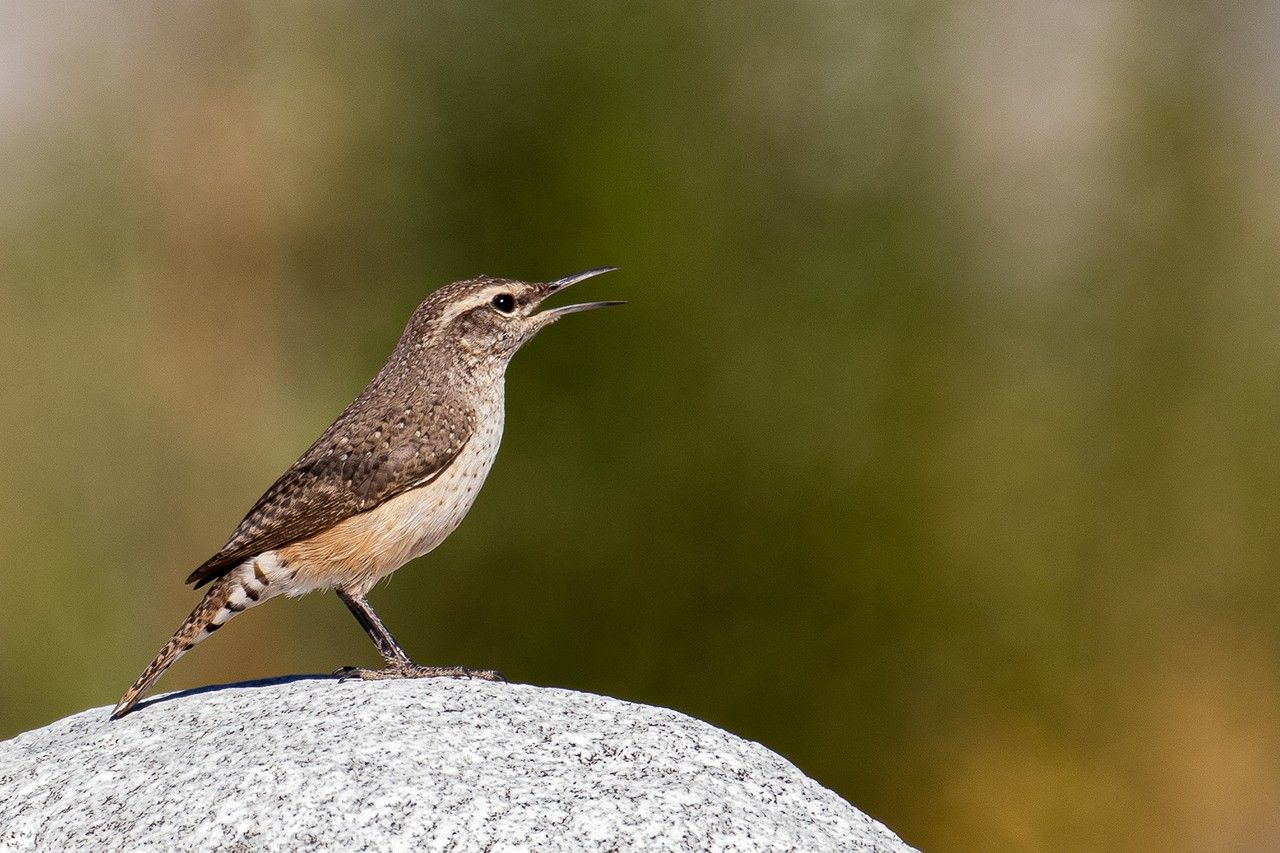Now Reading: NASA Collaboration Offers New Insights into Population Trends
-
01
NASA Collaboration Offers New Insights into Population Trends
NASA Collaboration Offers New Insights into Population Trends

speedy Summary
- NASA satellite data and citizen science observations, through the Cornell Lab’s eBird program, were combined to model and map bird population trends for nearly 500 North American species.
- Researchers reported that 75% of studied bird species are declining on a wide scale, but certain locations show population increases for 97% of the species.
- The study utilized NASA’s moderate Resolution Imaging Spectroradiometer (MODIS) data for habitat analysis alongside weather and water trends matching bird observation dates submitted via eBird checklists over a 14-year period (36 million entries).
- Researchers developed machine learning models to address gaps in incomplete or noisy citizen science data, creating high-resolution maps of areas as precise as 12 miles x 12 miles.
- Since 1970, North America has lost one-quarter of its breeding birds due to pollution, land development, food resource changes, and climate impacts; declines are steepest in habitats formerly hosting abundant populations.
- Conservationists can identify targeted regions at risk while pinpointing opportunities for intervention based on findings shared in Science journal (May 2023).
Indian Opinion Analysis
This collaboration between NASA technology and citizen science offers critical insights into biodiversity preservation with potential applications far beyond North America’s borders. Using AI-driven modeling paired with large-scale observational efforts effectively bridges gaps typically found when relying solely on unstructured datasets like public submissions. For India – which boasts rich avifaunal diversity but faces similar environmental pressures – such methodologies could revolutionize monitoring efforts amidst growing ecological challenges tied to urbanization and climate change.
Furthermore, integrating advanced spatial mapping tools with grassroots participation promotes broader accessibility while preserving scientific rigor-an approach India might consider adapting across conservation priorities beyond just avian studies. Policies informed by region-specific datasets could be pivotal in addressing threats to India’s wildlife habitats systematically yet cost-effectively.























